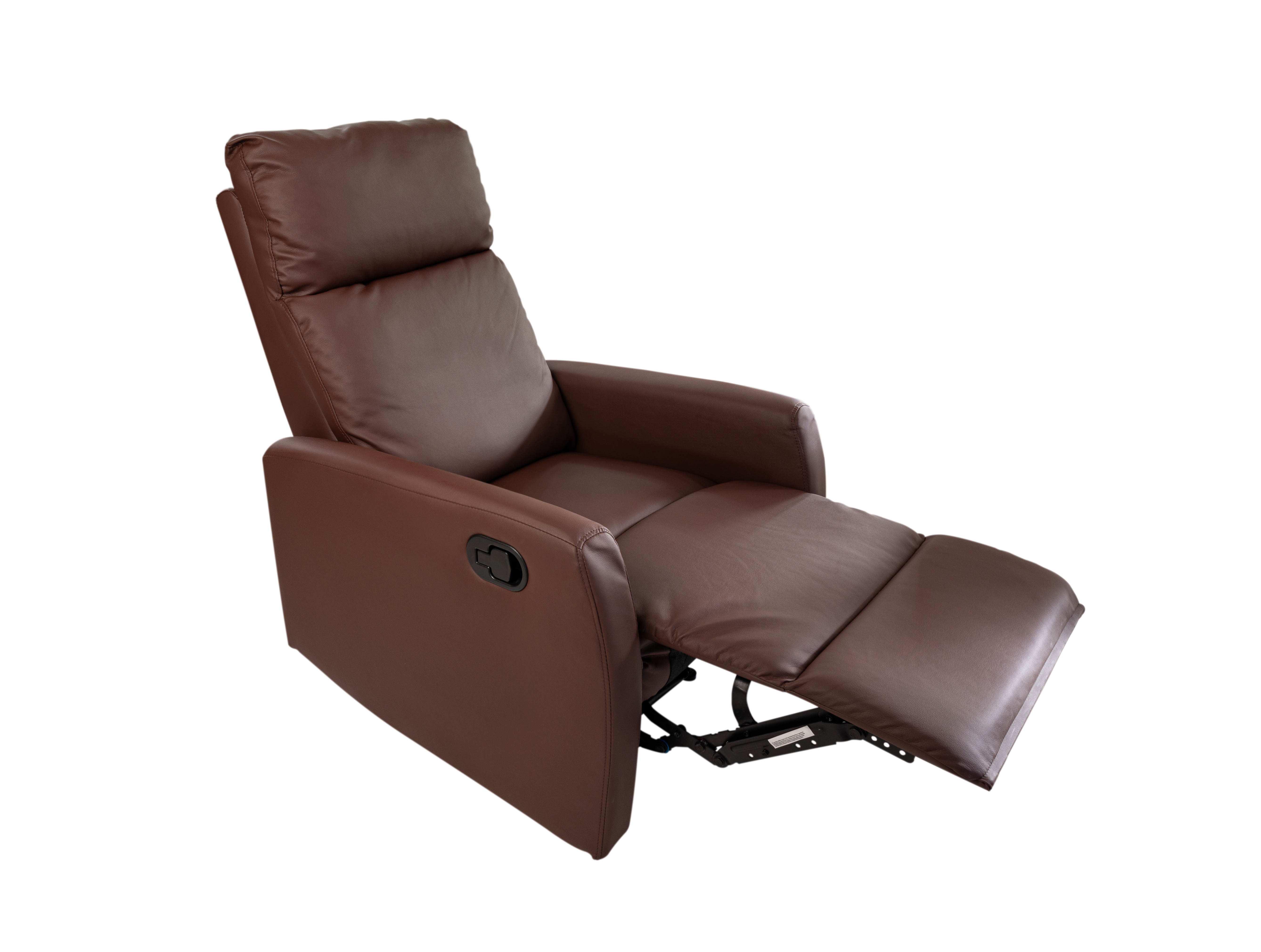Gaming Chair: Ergonomics, Features and Buying Guidance
A gaming chair is a specialist seating option designed for extended computer or console use, combining ergonomic support with adjustable components. Whether you play games, work remotely, or spend long hours at a desk, the right chair can influence comfort, posture, and fatigue. This article explains core features, ergonomic considerations, material choices, setup and maintenance, and health-related precautions to help you make informed decisions.

What is a gaming chair and who uses it?
A gaming chair typically refers to a seat built with higher back support, lumbar and neck cushions, and multiple adjustment points (height, tilt, armrests). While marketed to gamers, many users include streamers, remote workers, designers, and anyone who spends long periods seated. Compared with standard office chairs, gaming chairs often emphasize a sporty aesthetic and more pronounced bolstering. The most relevant factor is not the label but whether the chair’s adjustments and support match the user’s body size and sitting habits.
How does adjustable support improve comfort?
Adjustability is central to comfort. Height adjustment positions hips and knees at roughly right angles; a tiltable backrest allows micro-movements that reduce static strain; adjustable armrests support shoulders and wrists to lower tension in the neck and forearms. A separate lumbar support—either built-in or removable cushion—helps maintain the natural curve of the lower spine. Properly matched support reduces the tendency to slouch and can lessen muscular fatigue during long sessions. Test adjustments to find a neutral, relaxed posture rather than forcing a single “ideal” setting.
What materials and build quality matter?
Materials affect durability, breathability and feel. Common upholstery choices include faux leather (PU), genuine leather, and mesh fabrics. Faux leather is easy to clean but can trap heat; mesh offers better airflow but may be less plush. The frame is usually steel or reinforced plastic; steel frames typically last longer and handle higher loads. Foam density in the seat influences long-term comfort—higher-density foam retains shape better. Look for chairs with certified gas lift mechanisms and at least a 2–3 year warranty for mechanical parts to indicate reliable construction.
What features to compare when choosing a chair?
When comparing models, prioritize adjustability, seat dimensions, and ergonomics. Check seat width and depth to ensure adequate support for your hips and thighs. Multi-directional or 4D armrests give the most flexibility for wrist and elbow placement. Consider a reclining range if you want to lean back for breaks, and a lockable tilt function to stabilize posture during focused tasks. Additional features such as removable head/ lumbar pillows, a sturdy base with five casters, and weight capacity ratings are practical differentiators. Balance desired features against build quality and reviews for real-world performance.
How to set up and maintain a gaming chair?
Proper setup begins with adjusting seat height so your feet rest flat and knees are near 90 degrees. Align the lumbar support with the small of your back and set armrests so shoulders stay relaxed. Periodically clean surfaces according to manufacturer guidance—wipe faux leather with a damp cloth and avoid abrasive cleaners; vacuum mesh and fabric to remove dust. Tighten visible screws every few months and lubricate moving parts if they squeak. Rotating use with a standing desk or taking brief standing breaks reduces wear and lowers risk of discomfort over long periods.
Health notes and ergonomic precautions
This article is for informational purposes only and should not be considered medical advice. Please consult a qualified healthcare professional for personalized guidance and treatment.
Even with an ergonomic chair, prolonged sitting carries risks. Incorporate movement: stand, stretch, or walk briefly every 30–60 minutes. If you have pre-existing conditions such as chronic back pain or circulatory problems, discuss seating choices with a clinician or occupational therapist. Tailoring cushion positions and seat height to your anatomy is more effective than relying solely on marketing claims. If discomfort persists after adjustments, seek professional assessment rather than assuming the chair is solely at fault.
Conclusion
A gaming chair can combine comfort and adjustability suitable for gaming and professional use, but effectiveness depends on fit, build quality, and proper setup. Focus on adjustability, appropriate seat dimensions, supportive materials, and maintenance practices when evaluating options. Remember that breaks, movement, and posture habits are essential complements to any chair in maintaining comfort and reducing long-term strain.



